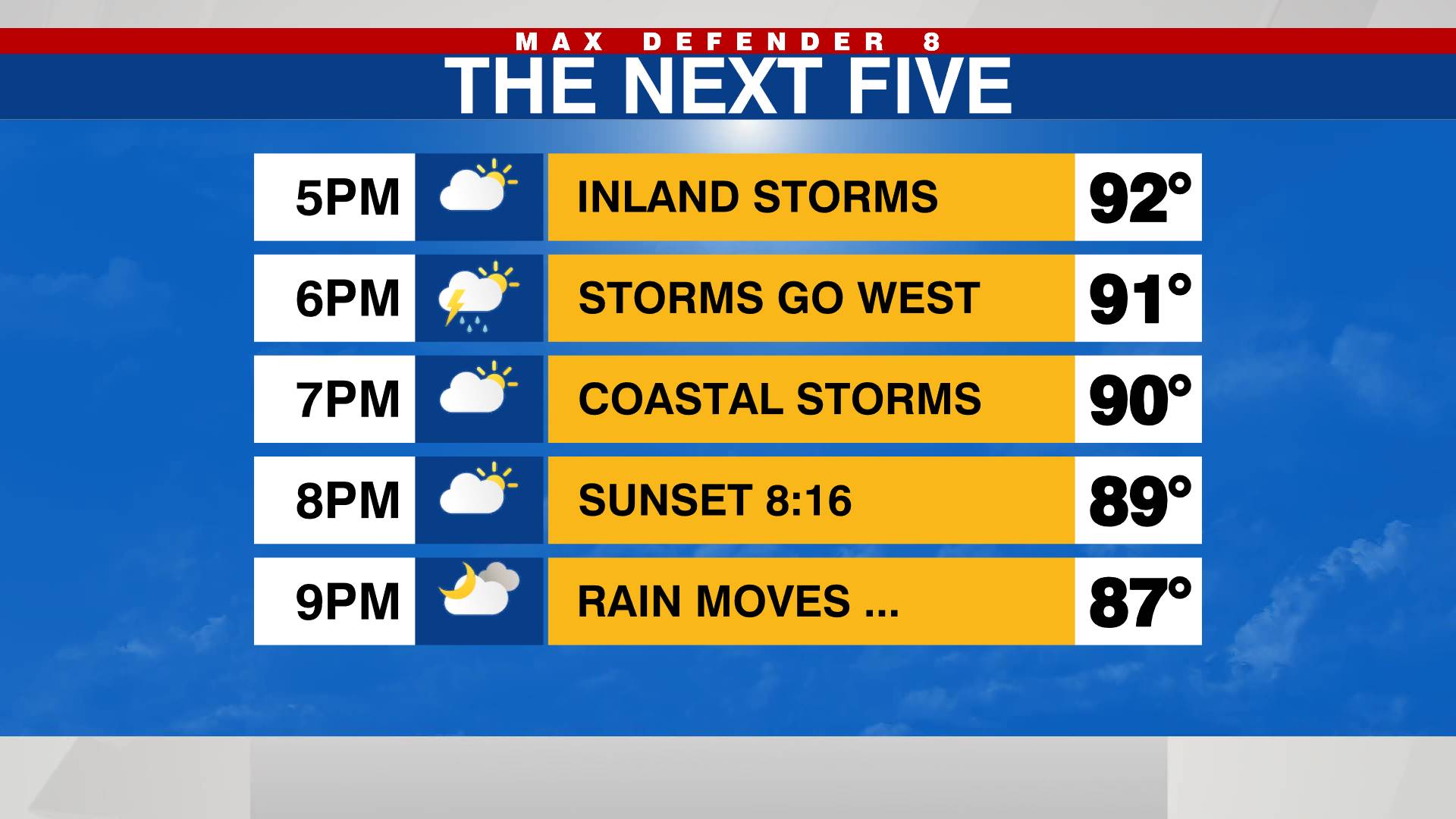TAMPA, Fla. (WFLA) — Home sale prices keep going up, but the available inventory is down – at least according to Florida Realtors’ latest study of the housing market in the Sunshine State. In the last quarter, the number of buyers paying for their new homes in cash went up by almost half.
The median cost of home purchases in Florida for the 2021 third quarter was about $355,000. Buyers looking for condos instead of houses paid around $254,900. Across both segments, cash payments were up.
For single-family homes, 45.5 percent more buyers paid cash than in 2020. The number of condo buyers paying cash went up 33.2 percent. While more people paid cash, the inventory dropped, with 29.2 percent fewer active listings of single-family homes in the 2021 third quarter than 2020. Condo listings dropped even more, at 52.2 percent fewer available.
Housing costs are rising as there are fewer available places to live.
It’s a problem that’s made worse by the ongoing inflation, which affects everything from gas prices to the cost of what you need to make and bake cookies. The rising prices have spread across the majority of the world economy and hit the cost of building materials especially hard during the COVID-19 pandemic.
Lumber prices hit their peak in May, then started to drop in July. The cost for wood to build houses was up 250 percent, which had increased the costs of buying a new home by about $36,000, according to the National Association of Home Builders.
The delay in building new homes as a result of higher material costs, and subsequent price increases for available homes, are just some of the factors contributing to the housing and inflation crises still sweeping the U.S., particularly with how it affected the available housing stock to purchase or rent.
The number of buyers paying cash increased significantly and it is unclear, at least in the Florida Realtors study, how many of those buyers are companies and how many are residents. An economist’s note in the Florida Realtors study said cash purchases are a good indicator of how much investors are active in the market.
“Cash sales can be a useful indicator of the extent to which investors are participating in the market. Why? Investors are far more likely to have the funds to purchase a home available upfront, whereas the typical homebuyer requires a mortgage or some other form of financing,” the study said.
Previous reporting at WFLA examined the market, with an eye on how much competition there was to buy houses between actual homeowners and corporations looking to flip the properties.
Tampa Bay in particular had a mix of so-called institutional investors competing directly to buy up houses to turn into rentals, even as rent prices increased and families looked to buy instead of paying month to month for rent.
Suzanne Lanyi Charles, an assistant professor at Cornell University, told 8 On Your Side investigator Mahsa Saeidi in March that competition between people and corporations to purchase homes helped drive up the prices in the market.
As the housing market heated up, the Tampa metro area was found to be one of the most expensive areas to buy a home in the country as of September. The expensive home purchasing market prices also come in while still ignoring continually increasing rental costs, which were so high earlier this year that you’d need to work multiple full-time jobs just to afford a one-bedroom apartment, even at fair market value.
The increase in price, and how many buyers were paying cash, led to a decrease in time to contract for a sale and faster time to sell, too. For single-family homes, time to contract dropped 65.5 percent, from 29 days to 10. Time to sell dropped almost 30 percent, from 73 days to 52 days, before purchase. Still, the limited inventory of homes to buy decreased the number of pending sales, even as the number of new listings increased.
Sale prices for single-family homes increased, 18.4 percent compared to last year, but the number of closed or finalized sales decreased slightly by 1.1 percent. On the flip side of the housing market, townhouse and condo sales increased 13 percent, while prices rose 18.6 percent. The price increases across the board are a result of inflation and the continued limited inventory for housing in Florida.
“Closed sales of single-family homes statewide totaled 88,592 in 3Q 2021, down 1.1% from the 3Q 2020 level; closed sales of condo-townhouse properties totaled 37,876, up 13% compared to the same quarter a year ago,” according to Florida Realtors’ data.
Across the state’s metropolitan statistical areas, communities all saw home prices and condo prices increase in the double-digit range.
Here’s how that looked in Tampa Bay and statewide in Q3 2021.
| Metropolitan Area | Single-family home Median Sale Price | Percent Change YTY | Townhouse and Condo Median Sale Price | Percent Change YTY |
|---|---|---|---|---|
| Homosassa Springs | $308,675 | 19.6% | $152,900 | 11.2% |
| Lakeland-Winter Haven | $280,560 | 20.9% | $185,000 | 21.7% |
| North Port-Sarasota-Bradenton | $415,000 | 22.4% | $299,900 | 25.5% |
| Sebring | $218,000 | 20.8% | $118,000 | 11.1% |
| Tampa-St. Petersburg-Clearwater | $340,990 | 21.8% | $225,000 | 15.8% |
| State of Florida | $355,000 | 18.4% | $254,900 | 18.6% |
For now, the increase in prices is accompanied by a slightly lower interest rate on 30-year fixed-rate mortgages, at least according to Freddie Mac, the Federal Home Loan Mortgage Corporation. Freddie Mac is a publicly-traded, government-sponsored enterprise for housing in the U.S.















